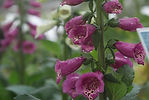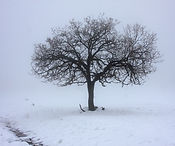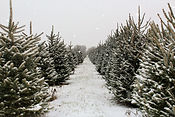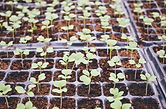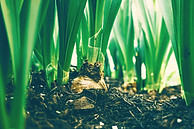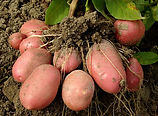Garden Vocabulary
Annual
A plant that completes its entire life cycle—from germination to seed production—within one growing season, then dies. Examples include marigolds, zinnias, and basil. Most of the vegetables we eat in the Western world are annual plant
Perennial
A plant that lives for more than two years, often regrowing each season from the same roots. Perennials may die back in winter but return in spring. Examples include trees, shrubs, house plants.
Biennial
A plant that takes two years to complete its life cycle. In the first year, it grows leaves, stems, and roots; in the second year, it flowers, produces seeds, and then dies. Examples include carrots, parsley, and foxgloves.
Bolt
The rapid growth of a plant, typically when it prematurely produces flowers and seeds, often due to stress or changes in temperature. Bolting usually results in a decline in the quality of the edible parts of the plant, such as lettuce or spinach.
Compost
A mixture of decayed organic material, such as leaves, kitchen scraps, and manure, that is used to enrich soil and promote healthy plant growth.
Deciduous
Plants, usually trees or shrubs, that shed their leaves annually in the fall. Examples include maple, oak, and apple trees.
Evergreen
Plants, often trees or shrubs, that retain their leaves year-round. Evergreens include species like pine, holly, and cedar.
Determinate
A type of plant, usually referring to tomatoes, that grows to a certain height, sets fruit all at once, and then stops growing. These plants are more compact and easier to manage.
Indeterminate
A type of plant, usually referring to tomatoes, that continues to grow and produce fruit throughout the growing season until killed by frost. These plants can grow very tall and require staking or support.
Germinate
The process by which a seed begins to grow and develop into a new plant. Germination occurs when the seed absorbs water, swells, and the embryo starts to sprout.
Direct Sow
Planting seeds directly into the ground where they will grow, rather than starting them indoors or in a controlled environment. This method is often used for crops like beans, peas, and carrots.
Transplant
The process of moving a plant from one location to another, typically from a seed-starting tray or pot to the garden. Transplants are often used for crops that need a longer growing season, such as tomatoes, peppers, and cabbage.
Mulch
A layer of material, such as straw, wood chips, or compost, spread over the soil around plants. Mulch helps retain moisture, suppress weeds, regulate soil temperature, and improve soil health.
Propagation
The process of creating new plants from a variety of sources, including seeds, cuttings, and other plant parts.
Bulb: An underground storage organ composed of layers, such as those found in onions, tulips, and daffodils. Bulbs store nutrients to help the plant survive dormant periods.
Seed: The reproductive structure of a plant that contains an embryo and the necessary nutrients for germination. Seeds are produced by flowering plants and can be used to grow new plants.
Tuber: A thickened, underground stem or root that stores nutrients for the plant. Tubers can be used to propagate new plants and are often edible, such as potatoes and yams.
Cutting: A piece of a plant, such as a stem, leaf, or root, that is cut and used to grow a new plant. Cuttings are a common method of vegetative propagation for many plants, including roses, herbs, and houseplants.
pH
A measure of the acidity or alkalinity of the soil, on a scale from 0 to 14. A pH of 7 is neutral, below 7 is acidic, and above 7 is alkaline. Most garden plants prefer a pH between 6.0 and 7.0.
Seasonal Planting
The practice of planting crops according to the seasons. Different plants thrive in different weather conditions, so gardeners plant cool-season crops (like lettuce and broccoli) in early spring or fall, and warm-season crops (like tomatoes and beans) in late spring or summer.
Succession Planting
The practice of planting crops in a sequence to extend the harvest season. For example, planting new seeds or transplants every few weeks ensures a continuous supply of fresh produce throughout the growing season.










